The gentle warble of a songbird at dawn, the majestic soar of an eagle against azure skies, the comical waddle of penguins across Antarctic ice—these natural wonders have captivated human imagination for centuries. Traditionally, witnessing such avian behaviors required patience, specialized equipment, and often travel to remote locations. However, a digital revolution has transformed this age-old pastime, democratizing access to birdwatching through virtual platforms. Virtual birding—the practice of observing birds through live cameras, apps, and online communities—has emerged as a technological bridge connecting enthusiasts to avian habitats worldwide without leaving home. This innovative approach has opened doors for countless individuals previously excluded from traditional birding due to mobility issues, geographic limitations, or financial constraints, while simultaneously creating new opportunities for conservation awareness and scientific participation.
The Digital Nest: Understanding Virtual Birding
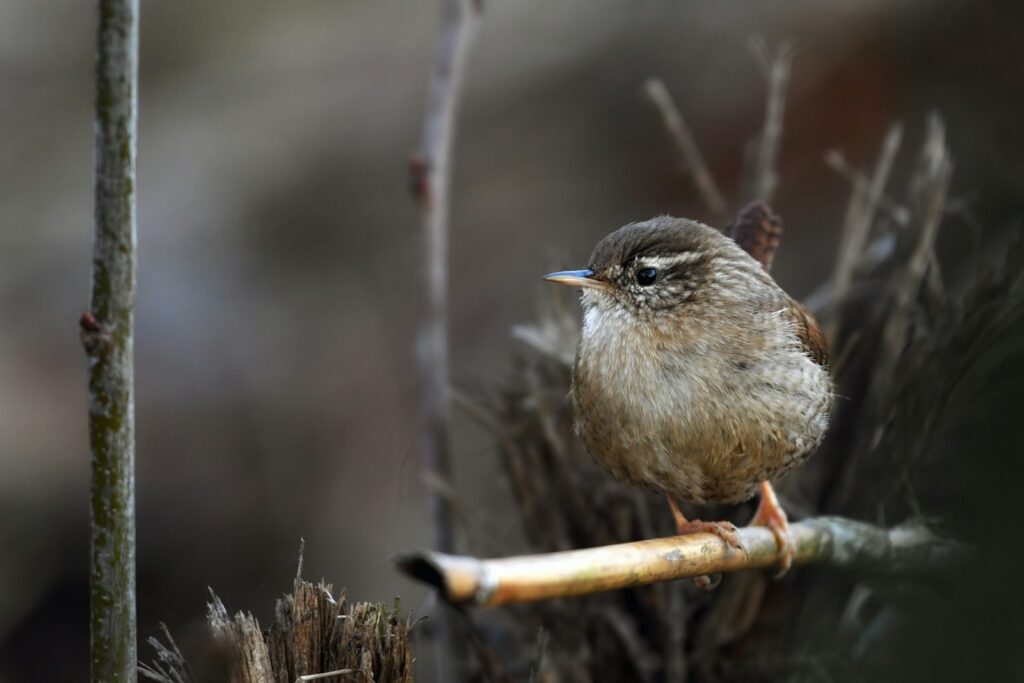
Virtual birding encompasses various technological approaches to remote bird observation, creating an accessible alternative to traditional field birding. At its core, the practice utilizes strategically placed webcams in diverse habitats that stream high-definition footage of birds in their natural environments—from urban feeder stations to remote wilderness nests. Beyond passive viewing, modern virtual birding incorporates interactive elements such as live chats with ornithologists, crowd-sourced identification assistance, and community discussions about observed behaviors. Digital platforms now offer comprehensive experiences, including soundscapes capturing authentic bird calls, time-lapse features highlighting nest development, and educational content explaining ecological contexts. The sophistication of today’s virtual birding experience represents a remarkable evolution from early grainy webcams, now delivering immersive connections to avian life that can rival aspects of in-person observation.
From Binoculars to Broadband: The Evolution of Bird Watching

Traditional birding emerged as a popular recreational pursuit in the early 20th century, characterized by field guides, binoculars, and patient observation in natural settings. The late 1990s witnessed the first primitive bird webcams, typically offering low-resolution still images updated at intervals rather than true streaming video. A significant technological milestone arrived in the early 2000s with Cornell Lab of Ornithology’s installation of its first live-streaming nest cameras, fundamentally altering public access to intimate bird behaviors. The smartphone revolution of the 2010s further transformed virtual birding through apps combining identification tools, community features, and location-based information. Today’s virtual birding experience represents the culmination of these developments, with 4K ultra-high-definition cameras, artificial intelligence-assisted identification, and global connectivity creating unprecedented access to avian observation opportunities worldwide.
Cameras in the Wild: Popular Live Bird Cams
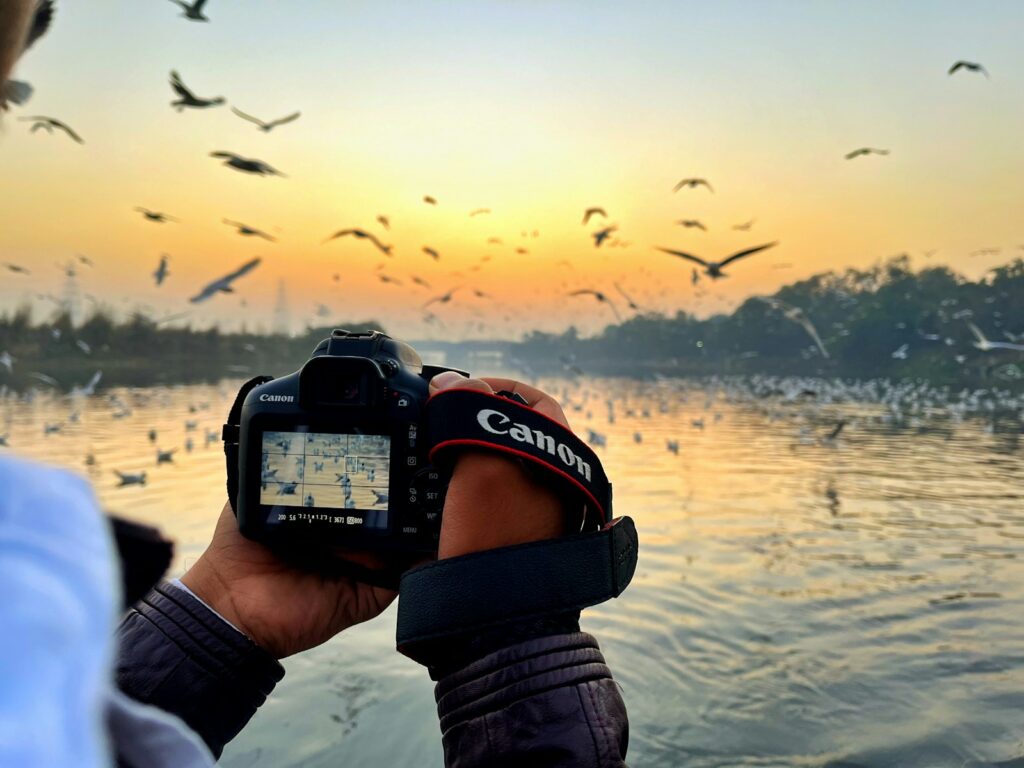
The Cornell Lab of Ornithology’s Bird Cams project stands as the gold standard in virtual birding, offering multiple high-definition feeds ranging from vibrant tropical scenes to intimate raptor nest views, complemented by moderated chats and expert commentary. Explore.org, partnering with numerous conservation organizations, hosts “the world’s largest live nature network” with dozens of bird cameras spanning all seven continents, including beloved favorites like the puffin burrows of Maine and African watering holes. The National Audubon Society maintains several notable installations, including their popular hummingbird and osprey cams, which feature educational context alongside compelling visual access to these charismatic species. For those seeking more specialized viewing, niche platforms like FalconCam provide focused observation of specific species, such as peregrine falcons nesting on urban skyscrapers and historic structures, creating unique opportunities to witness wildlife adaptation to human environments.
Beyond Watching: Interactive Virtual Birding Experiences

Modern virtual birding transcends passive observation through platforms like eBird, which transforms casual birdwatching into valuable citizen science by allowing users to report sightings that contribute to global research databases. Apps such as Merlin Bird ID have revolutionized identification assistance, using artificial intelligence to instantly recognize species from uploaded photos or recorded songs, making birding more accessible to beginners. Virtual birding communities on platforms like Facebook groups and Reddit forums create spaces where enthusiasts share discoveries, seek identification help, and form connections with fellow bird lovers worldwide. Some innovative platforms now offer guided virtual birding tours where professional ornithologists lead real-time exploration of remote camera locations, providing expert commentary and answering questions as participants observe birds together from their respective homes.
Accessibility Revolution: Birding for Everyone

Virtual birding has dramatically expanded participation among mobility-restricted individuals, including elderly birders, people with disabilities, and those with chronic health conditions who can now actively engage with bird observation despite physical limitations. Geographic barriers have dissolved as enthusiasts gain access to species far beyond their local ecosystems—allowing apartment dwellers in urban centers to observe tropical rainforest birds and desert-dwelling individuals to witness Arctic seabird colonies. Economic accessibility represents another significant advancement, as virtual birding eliminates costly requirements like specialized equipment, transportation expenses, and access fees that traditionally limited participation to those with financial means. The time flexibility of virtual platforms particularly benefits working professionals, parents of young children, and caregivers who can briefly check in on favorite bird cams during short breaks rather than requiring extended field outings.
Educational Wings: Learning Through Virtual Observation
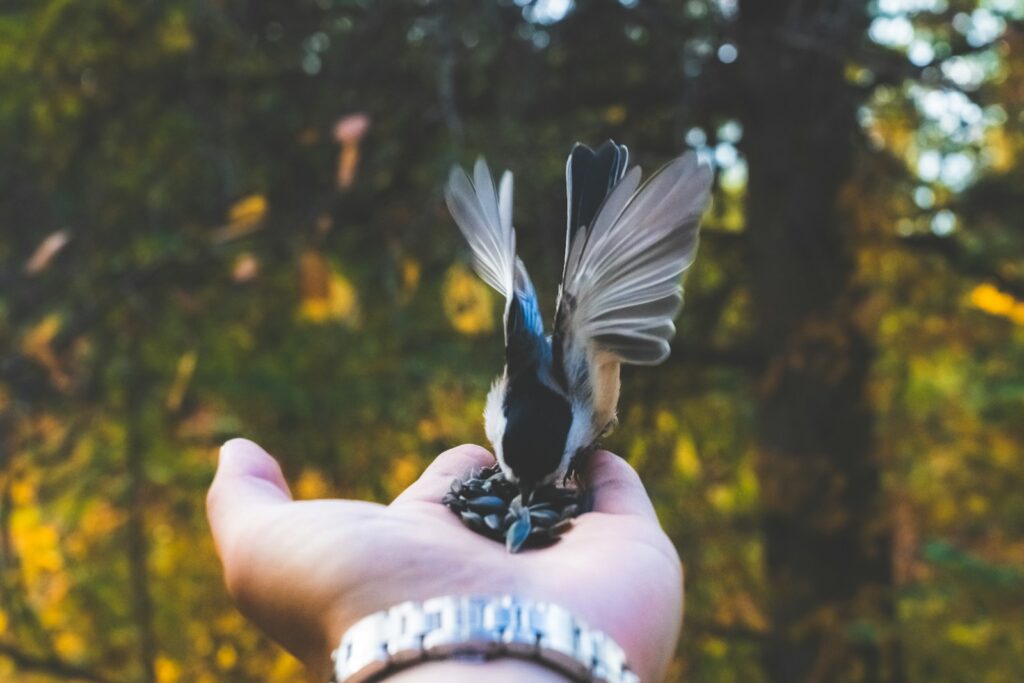
Educational institutions increasingly incorporate live bird cams into science curricula, allowing students to observe authentic behaviors like nest building, feeding strategies, and predator responses in real-time classroom settings. Many virtual birding platforms enhance the viewing experience with comprehensive educational resources including species information, migration maps, and ecological context that deepens understanding beyond visual observation. The continuous nature of livestreams enables unprecedented documentation of complete lifecycle events, from courtship displays through nesting, hatching, and fledging—natural processes traditionally difficult to witness in their entirety. For aspiring ornithologists and serious hobbyists, the ability to observe multiple bird species simultaneously across different habitats provides comparative learning opportunities that would be logistically impossible through traditional field methods alone.
Conservation Connection: How Virtual Birding Promotes Protection

Exposure to intimate bird behaviors through virtual platforms frequently transforms casual viewers into passionate advocates, creating emotional connections that motivate conservation support and environmental awareness. Many live cam operations partner directly with conservation organizations, incorporating donation opportunities and membership drives that convert viewership into tangible funding for habitat protection initiatives. Virtual birding communities often organize around conservation causes, with members collaborating on petition drives, awareness campaigns, and volunteer recruitment efforts sparked by observations made through shared viewing experiences. The extensive data collected through virtual birding platforms—including nesting success rates, timing of migrations, and behavior changes—provides valuable scientific information that informs evidence-based conservation policies and habitat management strategies.
Ethical Considerations in the Digital Aviary
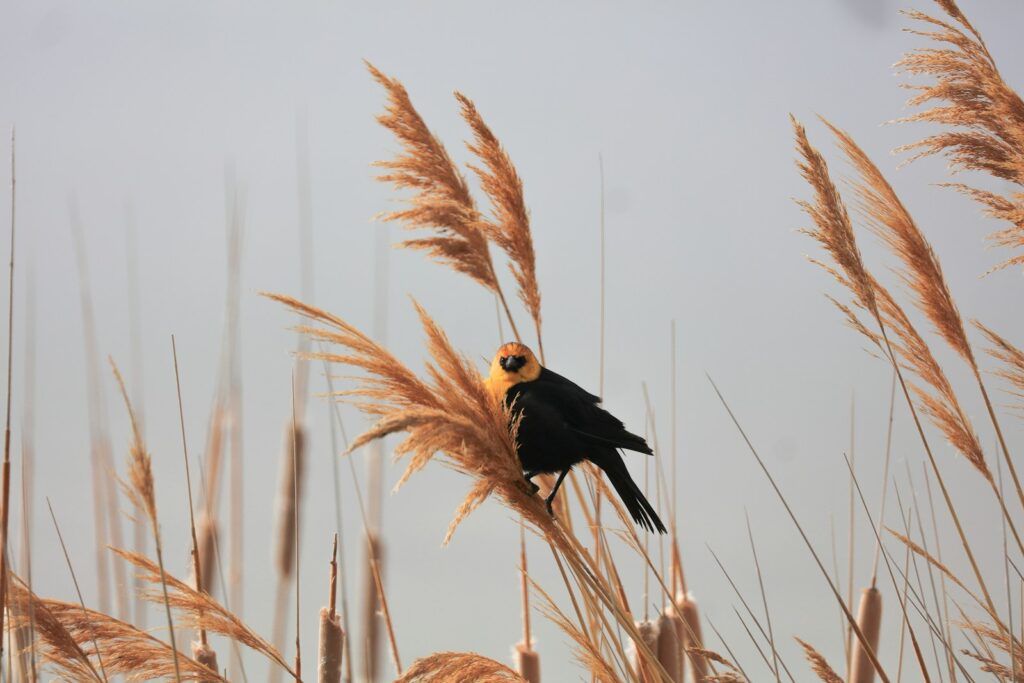
Camera placement requires careful consideration of potential disruption to natural behaviors, with ethical operators employing minimally invasive mounting techniques and appropriate distance buffers to prevent stress to observed birds. Privacy concerns extend to human communities near wildlife cameras, requiring thoughtful approaches to avoid capturing private property or activities in the background of nature-focused streams. Conservation ethicists debate whether virtual access might reduce motivation for habitat protection if people feel satisfied experiencing nature remotely rather than investing in preserving actual wilderness areas for physical visitation. Responsible virtual birding platforms address these concerns by implementing strict operational guidelines, including temporary feed interruptions during sensitive periods, ethical disclosure policies about intervention protocols, and educational content emphasizing the irreplaceable value of natural habitat preservation.
Community Building: Finding Your Flock Online

Virtual birding has spawned vibrant communities where participants forge meaningful connections through shared experiences, from collectively witnessing rare behaviors to supporting each other through difficult nest failures or predation events. Chat features accompanying many live cams create real-time social experiences as viewers collectively observe and discuss unfolding events, often developing annual traditions around returning nesting pairs or seasonal migrations. Specialized forums cater to different interest levels, from beginner-friendly identification help groups to advanced discussions on behavior analysis and technical photography considerations. These communities frequently extend beyond digital boundaries through organized meetups, field trips, and conservation volunteering events that transform online connections into real-world relationships united by a shared passion for birds.
Technical Feathers: Setting Up Your Virtual Birding Experience
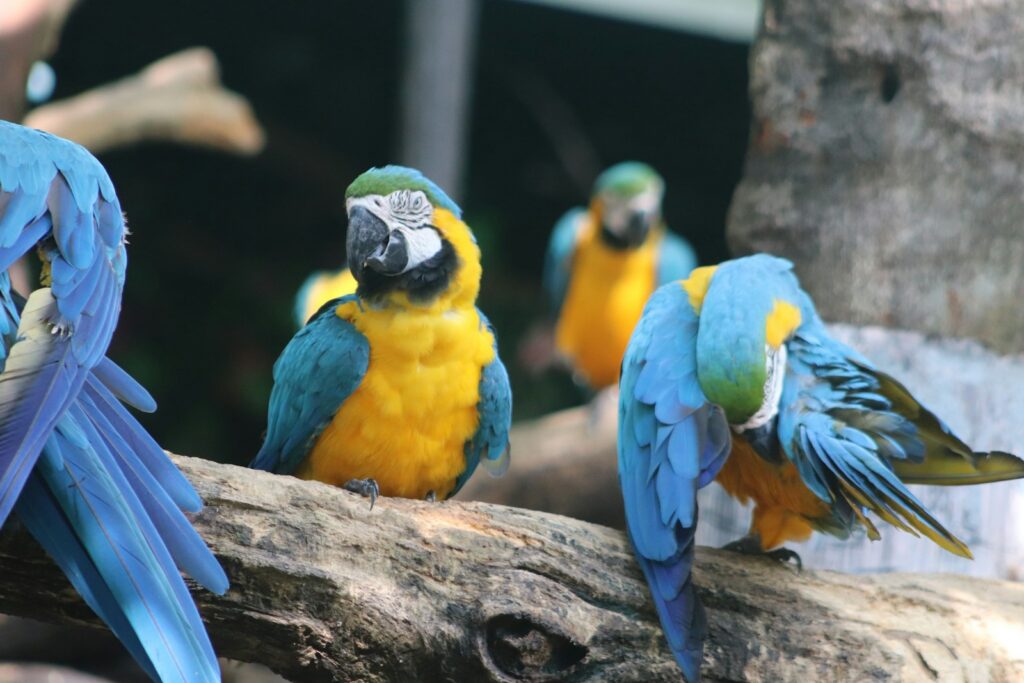
Creating an optimal virtual birding setup begins with a reliable internet connection—fiber optic or high-speed cable provides the stability needed for smooth streaming of high-definition wildlife cameras without frustrating buffering issues. Display quality significantly impacts the experience, with larger screens revealing subtle details like band identification numbers or plumage variations that might be missed on smaller devices. Organization tools help manage the abundance of available content, with many enthusiasts creating customized dashboards or bookmark collections that provide quick access to favorite cameras based on time zones and peak activity periods. Audio enhancement through quality speakers or headphones completes the immersive experience, allowing viewers to detect nuanced calls, nestling sounds, and environmental context that adds depth to visual observations.
The Future Takes Flight: Emerging Trends in Virtual Birding
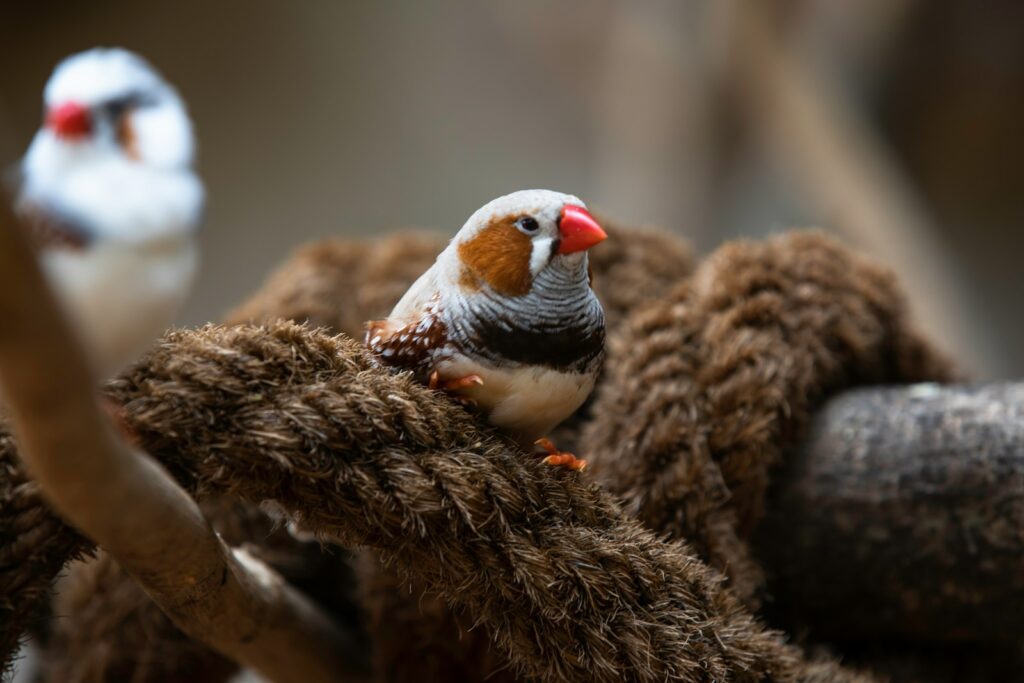
Virtual reality applications represent the frontier of immersive birding, with development underway on experiences that will allow users to feel present in remote habitats through 360-degree cameras and spatial audio capturing complete environmental contexts. Artificial intelligence advancements promise enhanced viewing experiences through automated highlights—algorithms that identify significant events like hatching, predator encounters, or rare visitors and notify users who might otherwise miss these fleeting moments. Increasingly sophisticated remote camera technology continues expanding access to previously unfilmable locations and behaviors, including miniaturized units capable of documenting cavity nesters, underwater feeding strategies, and high-canopy activities previously hidden from human observation. Integration with other data sources, particularly satellite tracking and biometric monitoring, suggests future platforms may offer comprehensive views of individual birds’ complete lifecycles, from nesting sites to migration pathways and wintering grounds.
Balancing Acts: Virtual and Traditional Birding
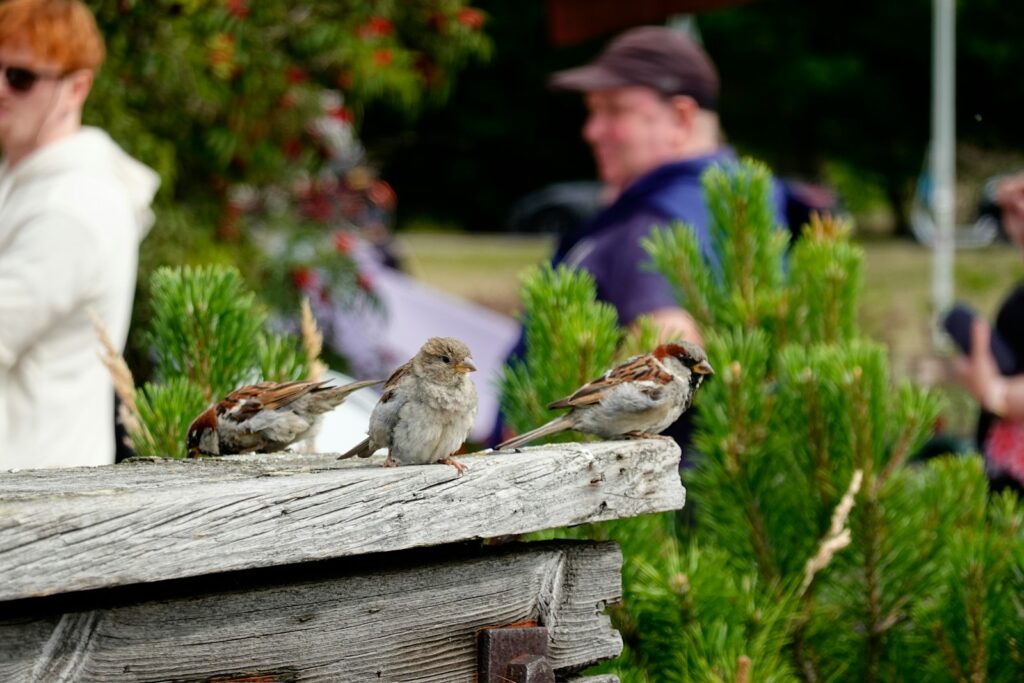
Rather than replacing field birding, virtual platforms typically serve as complementary tools that enhance overall engagement with birds and often inspire increased in-person observation among users. Many experienced birders incorporate virtual resources into their practice, using webcams to study identification challenges, behavior patterns, and vocalizations that improve their field skills during physical outings. Virtual birding provides continuity during periods when traditional observation is impractical—whether due to seasonal limitations, weather restrictions, or personal circumstances—maintaining connection to birds year-round regardless of external constraints. The most rewarding approach for many enthusiasts involves thoughtful integration of both modalities: using virtual resources to build knowledge and sustain passion while seeking in-person experiences that engage all senses and foster direct connection with natural environments.
Conclusion: The Democratization of Birdwatching

Virtual birding represents a profound democratization of nature observation, removing traditional barriers while creating unprecedented opportunities for diverse participation in wildlife appreciation. As technology continues advancing, the line between virtual and physical experiences grows increasingly nuanced, suggesting future developments may further blur these distinctions through augmented reality and immersive technologies. The explosive growth of this digital revolution confirms our enduring fascination with birds as symbols of freedom, adaptability, and natural beauty—a connection now accessible to anyone with internet access, regardless of physical ability, geographic location, or economic means. Whether serving as an entry point for beginners, a supplemental tool for experienced naturalists, or the primary connection to birds for those with limitations, virtual birding has permanently transformed our relationship with avian observation while expanding the community of those who value and advocate for these remarkable creatures and their habitats.
